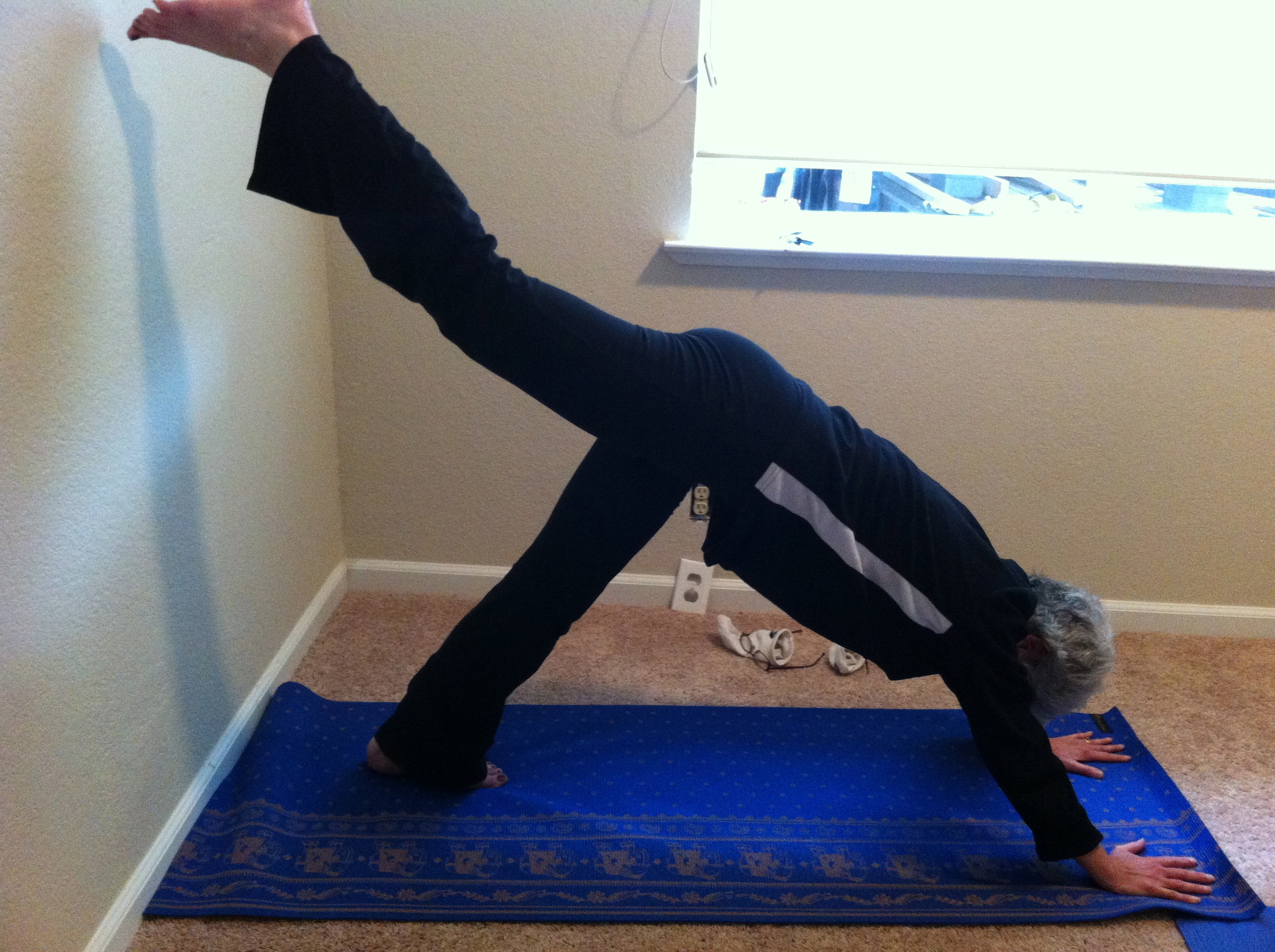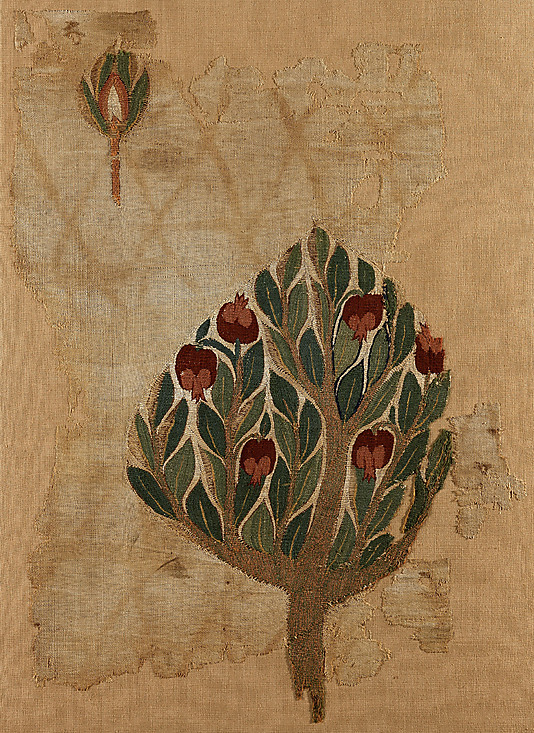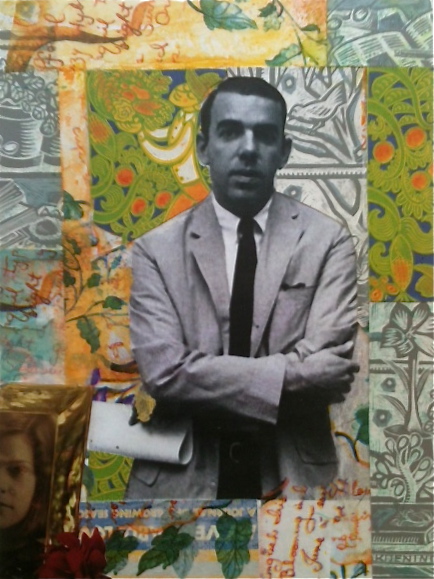 "Art expression itself is a way of creating something new from what you already have, but may not have fully recognized within yourself.” Cathy Malchiodi
"Art expression itself is a way of creating something new from what you already have, but may not have fully recognized within yourself.” Cathy Malchiodi
The other day I received a newsletter from my art therapist friend Lisa Mitchell.
She's constructed a new series of workshops, including a vision board* workshop--and not just any old vision board workshop. Her descriptions note that, by using ordinary materials in unusual ways and learning new techniques, our intentions are solidified. In the process, our brain gets a workout using all our senses. The point is to bring our abstract ideas and dreams into the realm of the concrete and plausible, by incorporating them into the board.
That got me thinking about my own vision board, which I wrote about in a post, "Mindfulness at Play," at the beginning of the year. I decided to go back to the board and see what has come to pass.
As I look at the board, I see a large, peaceful Buddha's head framed by conifers and plants that remind me of our winter foliage here in California. Underneath the Buddha, from left to right, children hold a board filled with artist trading cards. To the right of the children a yoga class takes place. A teacher is helping a student with a pose.
In my post, I said that I wanted to deepen my art therapy practice; to become more present with the children, even as my own are grown. And I wanted, although I didn't write it, to have a steady yoga practice.
What's odd is that both of these desires have come to pass, but not by deliberate intention. The vision board hung on my studio wall, where it watched over me and I looked at it, day after day, while a year passed.
It has not been a straight path back to yoga--(is it ever?) Like Goldilocks, first I sampled the "big bowl," a class at our University gym. I was the oldest participant and the class, a Viniyasa practice, and I felt like I'd just had an aerobic workout, not a yoga class.
Next, for my "middle size bowl," I tried a class offered through our hospital. The instructor offered peacefulness with a pale green scented candle. I ended up with a migraine.
Finally, for a bowl that is just right. The solution came in an unexpected fashion. Both my daughter and my sister have recently been diagnosed with auto-immune diseases that make certain movements difficult.
I remembered yet another yoga class I'd taken the previous year for people 55 and over. Led by the fearless and inimitable, Hana Raftery, majoring in exercise physiology, she had every one of us, from me to the oldest 80- something moving with ease.
I e-mailed her and set up a private lesson for my daughter and me. I invited my sister, who suggested we have it in her new house, which has a wooden floor, but would be empty for another month. Shazaam! A yoga studio!
We began by meeting once a week and now have increased it to 2 times. We've been meeting since before Thanksgiving and even though the two of them are still waiting for their respective rheumatology consults, their movements are coming more easily.
I am in hog heaven, if you can say that about a yoga class. I feel like I really have found the bowl that is "just right." And it all started with a small 8.5 x 11 vision board.
I'm looking forward to making my 2013 vision board soon and I invite you to join me and make your own. Who knows, those dreams might just be waiting for an invitation to come out and play!
*A vision board is usually a piece of matte board on which you paste or collage images that you’ve torn out from various magazines. The intention behind the vision boards is the notion that when you surround your self with images of what you want to develop or change, your life changes to fit the images.








